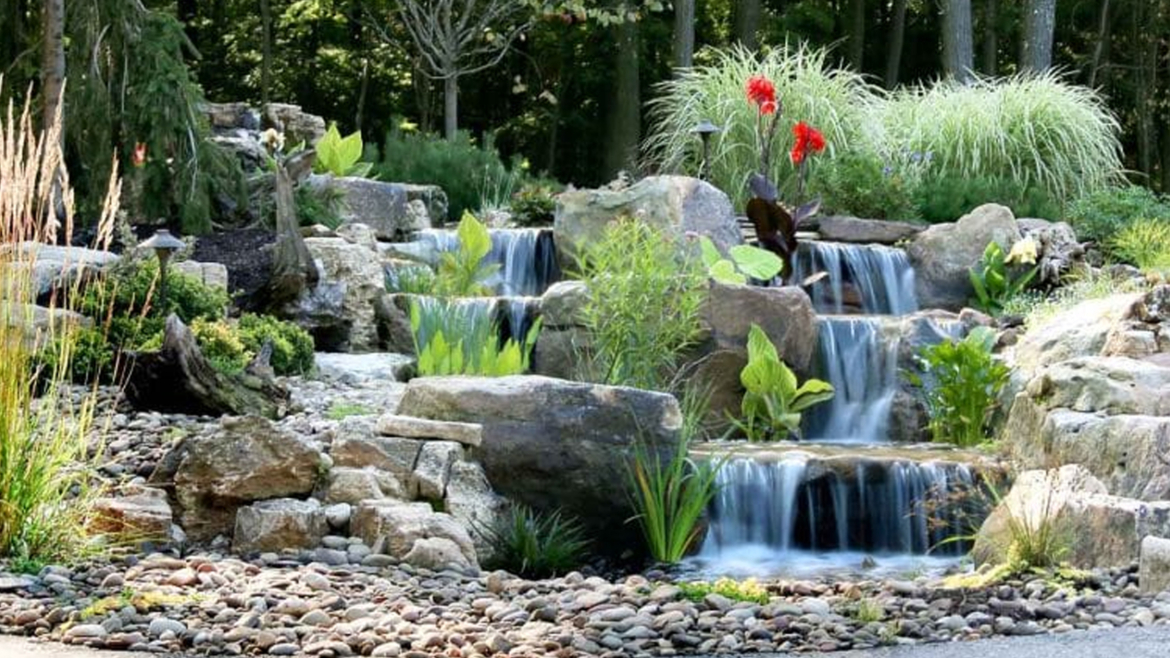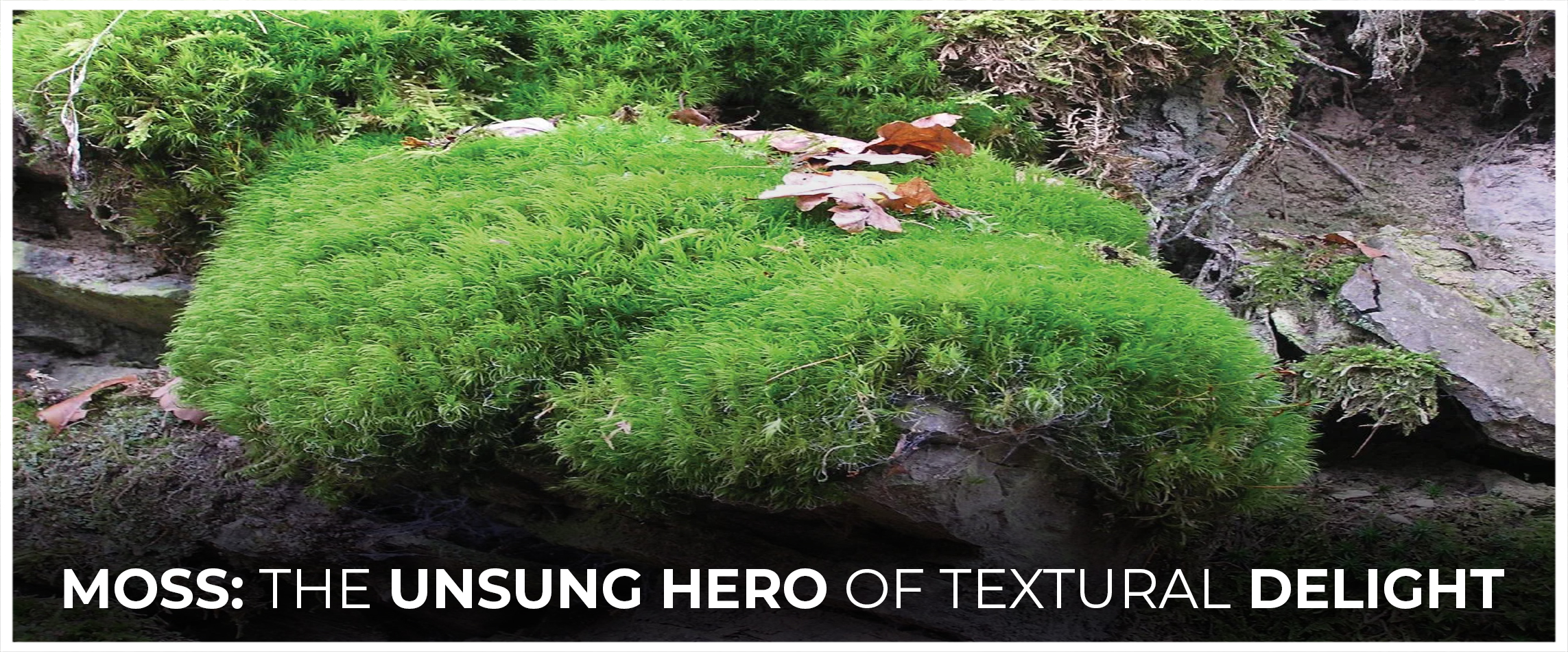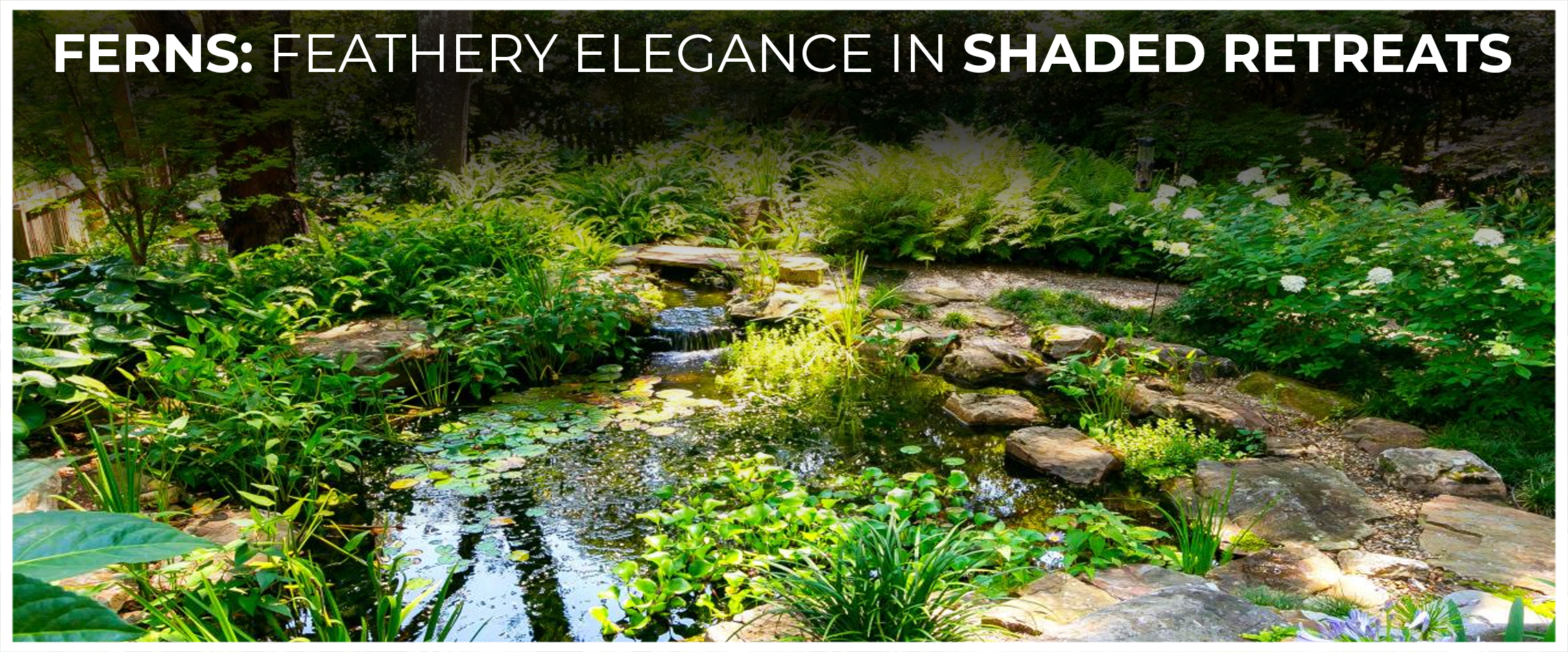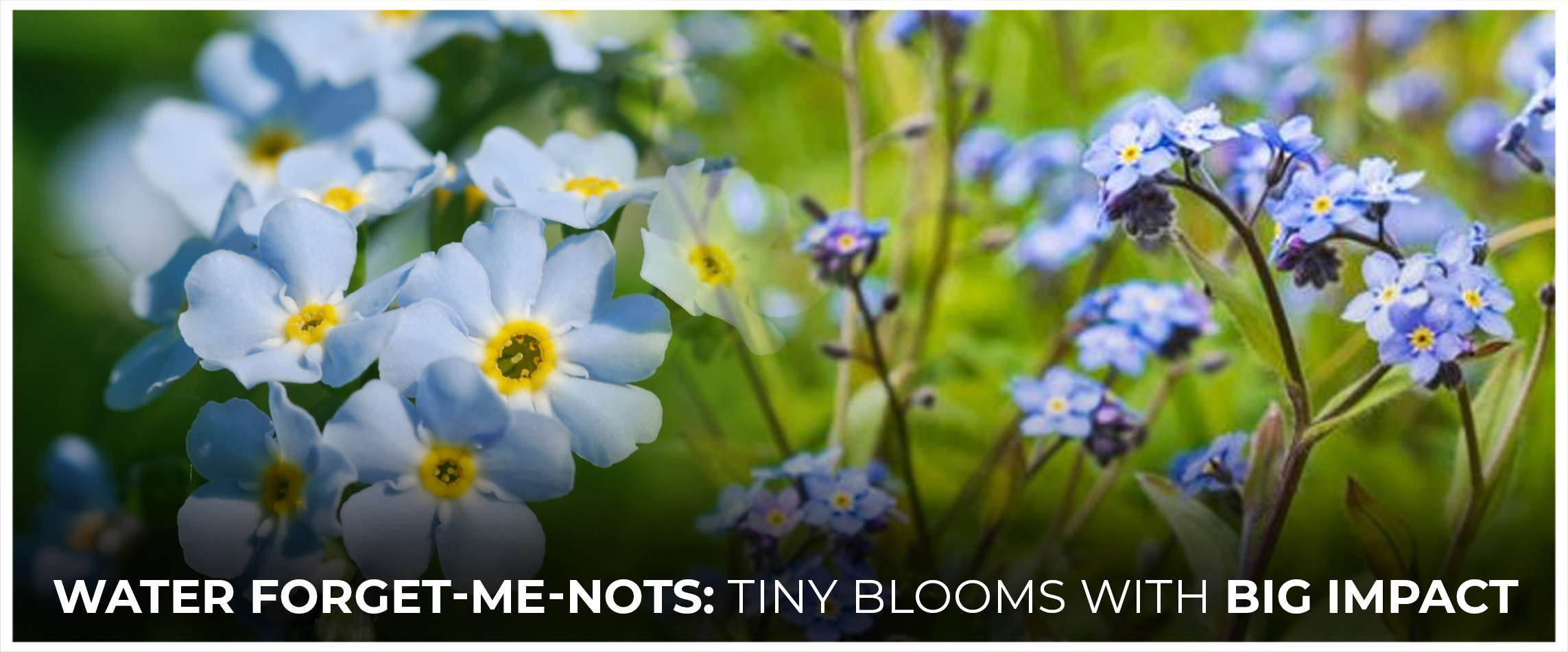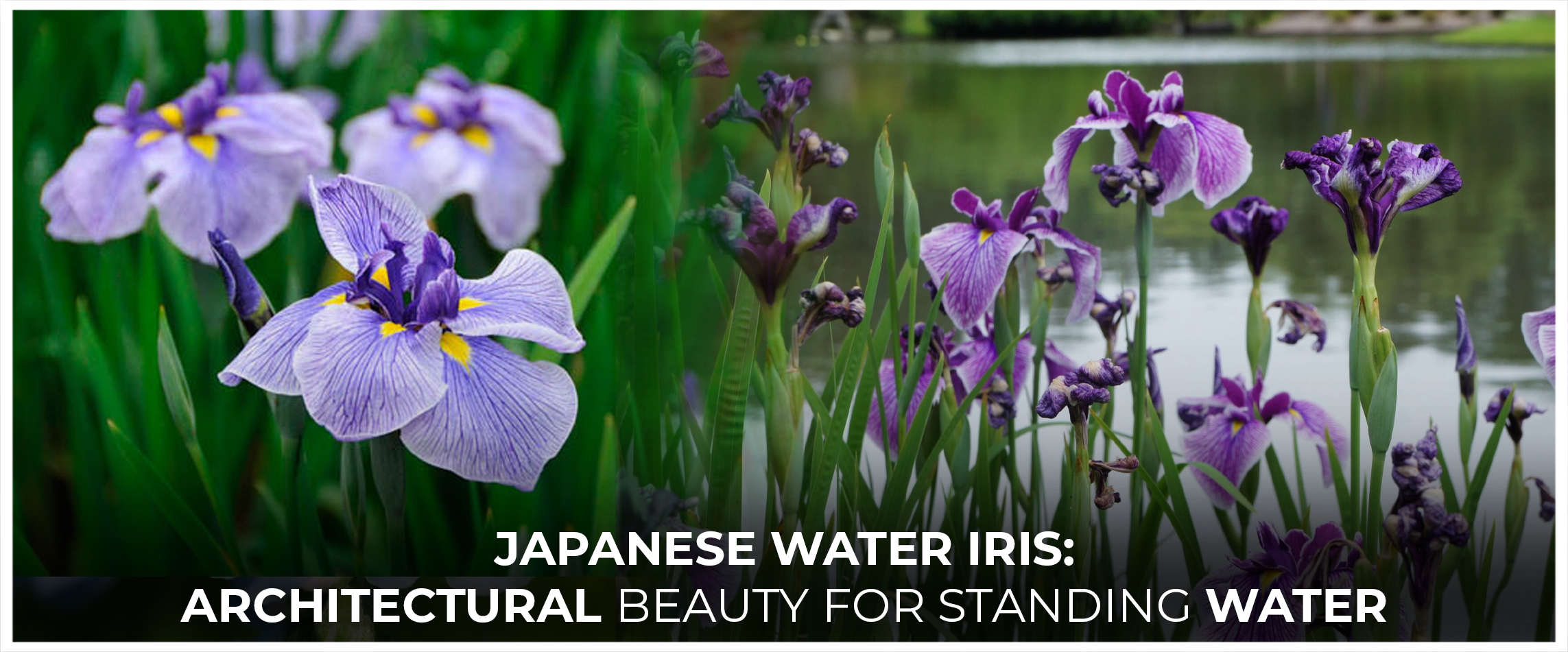(Podcast Episode)
Top 5 Pondless Waterfall Plants
Top 5 Pondless Waterfall Plants
Picture a haven in the backyard – the playful melody of cascading water, the green hue spectrums, and the peacefulness that defines tranquility.
With their magical charm, the pondless waterfall provide a perfect measure for people who want to enjoy the gorgeousness of water flow but want to avoid going through all the nuances of a classic pond.
On this adventurous voyage, we will reveal the perfect plants that will open up a new dimension with a sense of refinement for your outdoor environment. Suppose you are a sculptor of a small landscape waterfall or an enhancer of an existing water garden.
In that case, you will encounter that the first top 5 pondless waterfall plants we will discuss will bring you sophistication and relaxation.
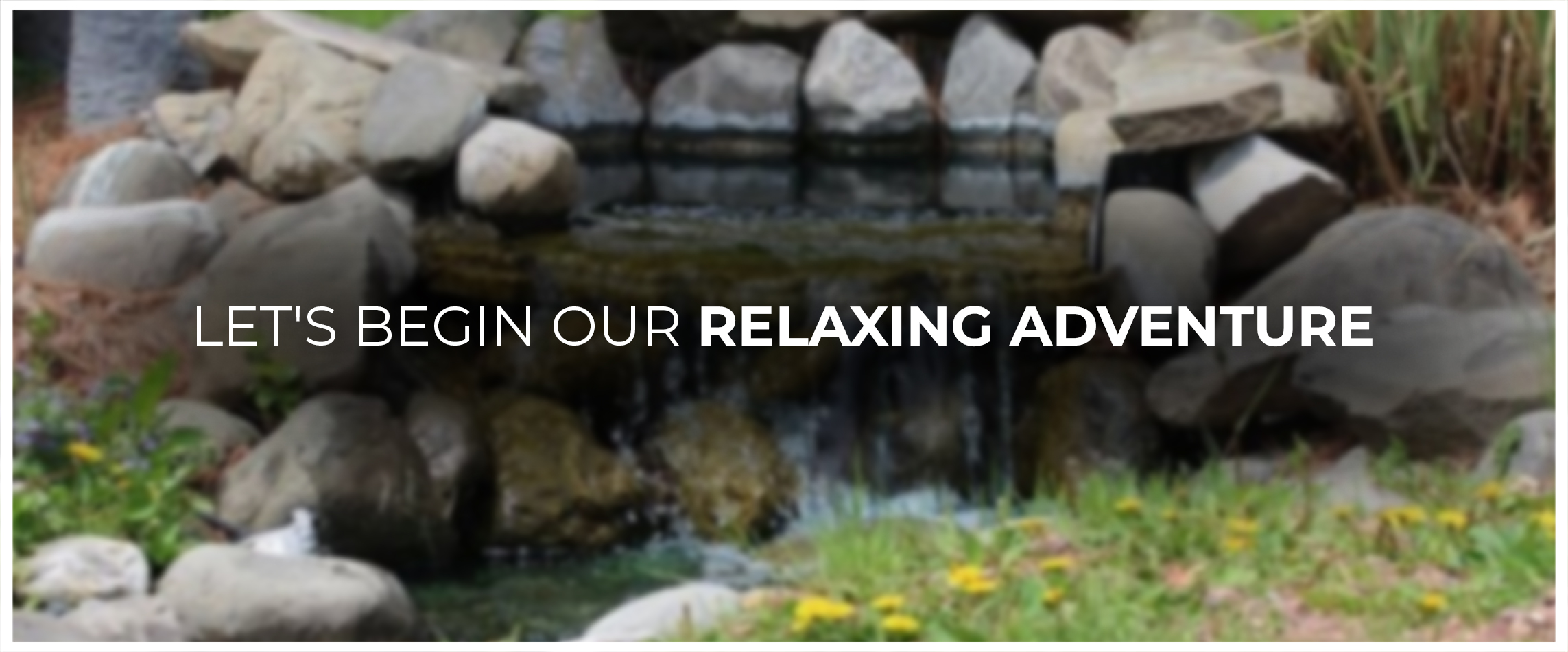
Let’s Begin our Relaxing Adventure with Pondless Waterfall Plants
Adjust for a calm journey leading you to the majestic world of pondless waterfalls. It surpasses the phenomenality of water and plants, which introduces a world of calmness where the melody choreographed by the water flow harmonizes with material and color selections derived from the speculative workings of botanical elements.
From Moss to the beauty of Creeping Jenny, each plant is a brushstroke that makes your outdoor sanctuary one work of art among many. Therefore, let’s see this waterfall joy intro that combines nature’s peace with serene waters to discover a place to calm down and refocus on yourself while away from the hectic city.
1. Moss: The Unsung Hero of Textural Delight
Mosses also have their place in the world of pondless waterfalls, even though they may not be featured in fairy tales and children’s books.
Such delicate and non-flowering plants cling to rock faces and cavities, covering the ground with a green verdant carpet that produces an atmosphere of tranquillity and age.
Best of all, they love the moist environment, and that should be the perfect home for this as waterfalls not only splash but also continuously drip.
There are many kinds of moss, which can be cushion moss with soft, rounded mounds or sphagnum moss, creating a feathery, cascading look.
It is also necessary to remember that although mosses are moist, they should have some drainage to prevent water logging.
2. Creeping Jenny: A Cascading Jewel for Sunny Spots
Comprehensively, Creeping Jenny is another groundcover called Lysimachia nummularia, which cascades off rocks and edges a waterfall of vigorous green leaves.
Its leaves are small and heart-shaped, adding a sprinkle of magic, while the golden yellow flowers blooming in spring along the vines are cheerful and bright!
Grow the creeping jenny in the exposed sun with soil pockets full of air between rocks. Please remember to prune occasionally to manage the aggressive growing nature and give it your desired shape.
3. Ferns: Feathery Elegance in Shaded Retreats
You may select fern as a touch of graceful elegance for shading areas around the waterfall. You can customize your design according to size, texture, and color.
A maidenhair fern gives delicate fronds, whereas the Japanese-painted ferns accentuate bolder colors. Waterfall surrounds should be covered with moist but well-draining soil in shaded areas wherein you can plant the ferns.
They will appreciate the cold, wet atmosphere and create a feeling of prehistoric classics in your garden.
4. Water Forget-Me-Nots: Tiny Blooms with Big Impact
These beautiful delicacies, featuring showy light blue flowers and delicate foliage, provide a touch of romance and fantasies in your pondless waterfall. They inhabit humid soils on damp land next to the water’s edge or in basins created by rocks.
They are small, so they can also fit into smaller spaces, providing a vibrant accent without being invasive or dominating the scheme. Although it is a matter of their choice, they like more relaxed atmospheres and must handle the hot weather.
5. Japanese Water Iris: Architectural Beauty for Standing Water
If your pondless waterfall has a shallow pool, choose the design sophistication of Japanese water irises. With stunning white, purple, and yellow blooms, these beautiful plants for water fountains have long sword leaves that create fantastic effects when rising above water.
For smaller pools, choose dwarf varieties planted in submerged pots filled with soil to stop them from multiplying. Recall they require direct sun and slightly acidic water for better performance.
Beyond the Top 5: Expanding Your Pondless Waterfall Plant Palette
While the “Top 5” list provides a solid foundation, the plant world offers many options to personalize your pondless waterfall. Let’s explore some additional categories and unique choices to ignite your creative spirit:
Blooming Beauties:
Marsh marigold: Sunny spots near the water’s edge welcome these cheerful yellow blooms that thrive in wet soil.
Celandine: Brighten shady areas with their cheerful yellow flowers and heart-shaped foliage.
Cardinal flower: This wetland native boasts vibrant red spikes, attracting hummingbirds and adding a bold touch.
Textural Delights:
Japanese sedum: Adds pops of color with its succulent foliage, available in various shapes and sizes.
Lily of the Valley: Fragrant white flowers nestled amidst graceful green leaves offer a classic cottage garden charm.
Variegated sweet flag: Its striped sword-like leaves create a dynamic visual contrast in moist areas.
Unique Accents:
Papyrus: Tall, architectural stems with feathery tops lend a tropical flair to larger waterfalls.
Water canna: Large, colorful blooms like “President” or “Yellow Star” make a bold statement near the water’s edge.
Floating plants: Water hyacinths or lettuce add visual interest and help control algae in still pools.
Bonus Tip: Consider Native Plants for a Sustainable Ecosystem
While these top 5 offer diverse options, incorporating native plants benefits your local ecosystem; native species attract beneficial pollinators and support the delicate balance of your region’s natural environment. Research native plants suitable for climate and waterfall conditions to create a sustainable and vibrant oasis.
Remember:
Sunlight and water needs: Different plants have varying sunlight and moisture requirements. Choose based on your waterfall’s specific conditions.
Plant size and growth rate: Consider plants’ mature size and growth rate to avoid overcrowding or unwanted competition.
Aesthetics and personal preference: Ultimately, the best plants for water features resonate with your style and vision. Experiment and create a unique, personalized waterfall masterpiece.
With these tips and the top 5 plant suggestions, you’re well on transforming your pondless waterfall into a vibrant, living canvas. So, get planting, and prepare to be amazed by the beauty and life your chosen flora brings to your cascading haven!
Frequently Asked Questions:
Can I use these waterfall plants indoors?
Absolutely! Many of the suggested waterfall plants, such as Sweet Flag and Ferns, can thrive indoors, making them excellent choices for indoor waterfall designs. To ensure their well-being, place them in areas with adequate natural light or consider using artificial light sources.
Additionally, observe the moisture levels in the soil, as indoor environments may have different humidity conditions. With proper care, these plants can bring a touch of nature’s beauty and tranquility to the inside of your home.
Are these plants safe for fish in my water garden?
Yes, the recommended plants, including Creeping Jenny, are non-toxic to fish, ensuring a safe and harmonious environment in your water garden.
However, it’s essential to be mindful of the specific needs of your fish and maintain a balanced ecosystem.
Regularly monitor water quality, provide appropriate filtration, and consider the individual requirements of plants and fish to create a thriving and balanced aquatic environment.
How do I maintain these plants around water feature?
Waterfall plants are low-maintenance, making them an excellent choice for hassle-free landscaping. To ensure their well-being, water them regularly, especially during dry periods, and check the soil for proper drainage.
Pruning may be necessary to control the size of the plants and enhance the overall aesthetics of your waterfall landscape. With routine care and attention, these plants will flourish, adding to the beauty and serenity of your outdoor space.
Can I use these plants for a small outdoor waterfall?
Absolutely! Plants like Mondo Grass and Astilbe are particularly well-suited for small outdoor waterfalls, adding charm and tranquility to compact spaces.
When designing your waterfall, consider each plant’s specific sunlight and water requirements to create an environment where they can thrive.
With thoughtful planning and proper care, these plants will create a serene and visually pleasing outdoor oasis, even in more miniature landscapes.
Will the waterfall plant attract pests to my outdoor space?
While these plants are generally resistant to pests, monitoring your outdoor space for any signs of infestation is essential.
Regularly inspect the leaves and surrounding areas, and if you notice any pests, take prompt action using environmentally friendly pest control methods.
Additionally, maintaining a healthy and well-balanced ecosystem around your waterfall, including beneficial insects attracted by certain plants, can contribute to natural pest control.
Final Thoughts:
Starting from the graceful elegance of Mosses and ending with the short, dramatic bursts of color offered by the Japanese Water Iris, each plant contributes and works towards creating an oasis of calm.
Improving pond-less waterfalls is not just a landscaping effort; it’s an investment in tranquility as nature’s visual splendor and the calming water tunes collide to form one ultimate haven of peace.
Thus, stop for a moment, inhale the serenity, and allow the pondless waterfall’s transformation to appear in your backyard sanctuary.

